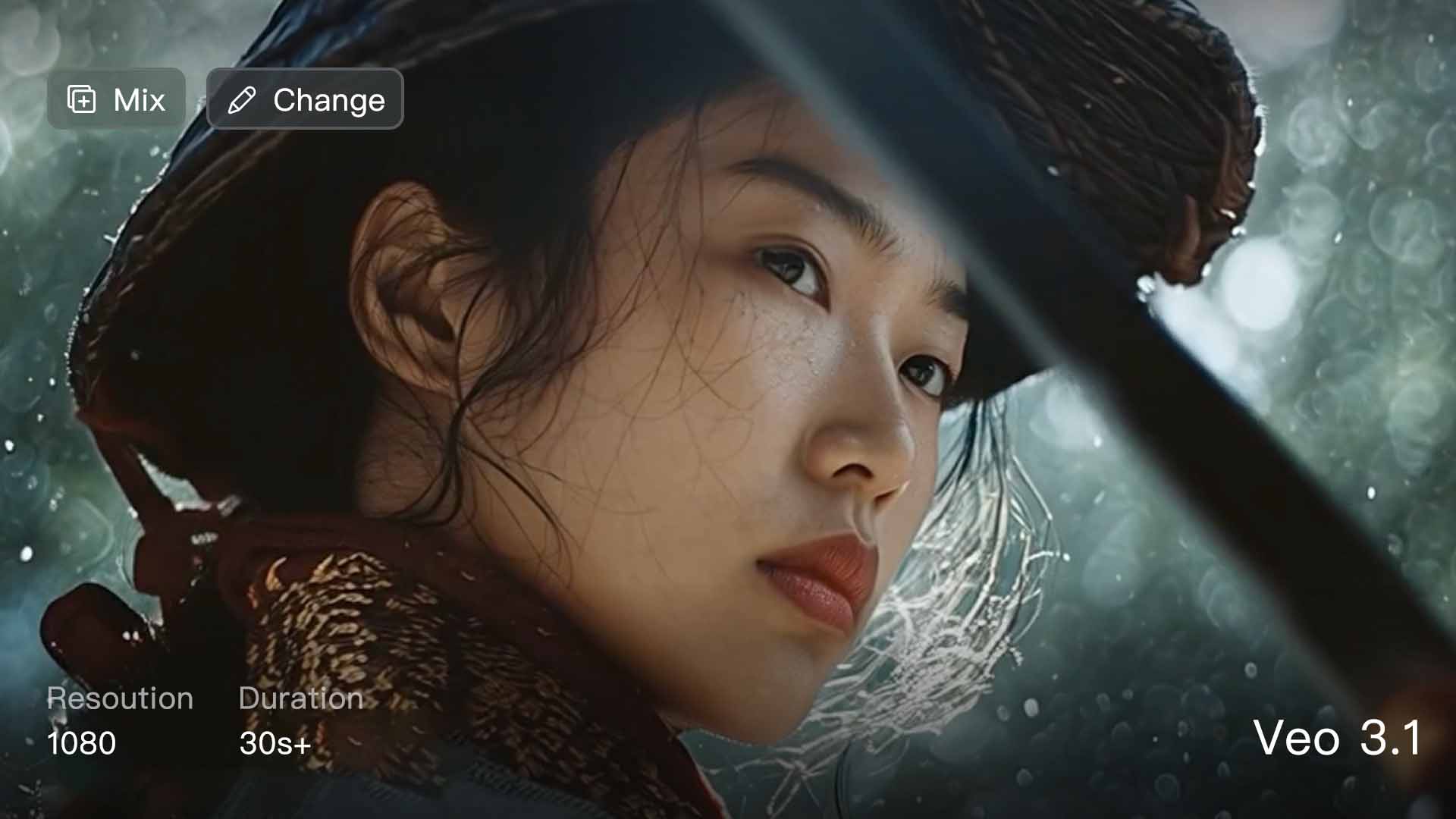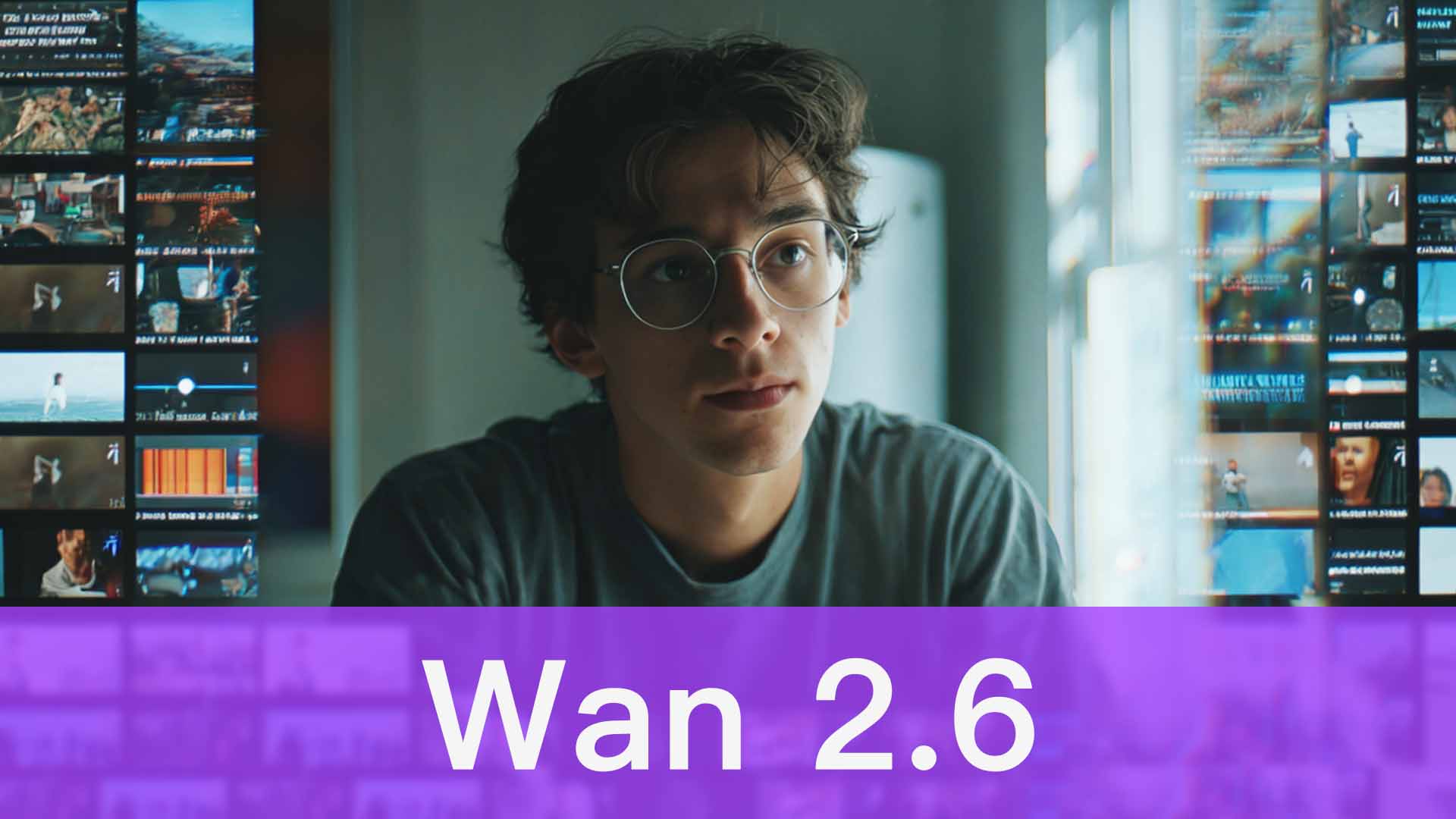Veo 3.1 is expected to drive a major shift in creative technology. The community is building it as the ultimate tool for AI video and image generation. Veo 3.1 will transform complex creative prompts into cinematic AI outputs. Moreover, Veo 3 continues to aim for state-of-the-art performance for creators. It synchronizes audio automatically, delivers perfect lip-sync, generates dynamic voiceovers, and applies adaptive sound effects in a single polished output. The company promises longer video durations and flexibility for large-scale production. Unlike other resource-intensive systems, Veo 3.1 reduces generation time, allowing creators to push AI animation and photorealistic rendering further.
What Veo is
Veo is Google’s line of generative video models (DeepMind / Google Cloud / Gemini family). These models turn text or images into short videos. Veo 3 also generates native audio, including sound effects, ambient sounds, and dialogue. Developers and enterprises access Veo 3 through Google Cloud (Vertex AI / Gemini API). Veo 3 adds built-in SynthID watermarks to all outputs.
What Veo 3 already brought
- Converts text → video and image → video, including preview generation.
- Generates native audio: music, ambient sounds, and dialogue.
- Offers two variants: high-quality Veo 3 and Veo 3 Fast (optimized for speed).
- Available on Vertex AI / Gemini API with general availability updates in mid-2025.
- Ensures safety and provenance by adding SynthID watermarks and controlling generation for sensitive content.
So — what is Veo 3.1 expected to bring?
Google has not released an official Veo 3.1 product page. However, multiple developer posts, community posts, and tweets suggest a near-term incremental update. Specifically, Veo 3.1 will focus on improving audio, video quality, and format support rather than rewriting the model entirely.
Based on community posts and Veo 3 characteristics, we can infer several likely improvements:
- Improved native audio: Cleaner dialogue, multi-voice lip-sync, and better sound effect mixing and spatialization.
- Faster and cheaper outputs: More Veo 3 Fast parity and optimizations for common generation paths.
- Better image→video fidelity: Enhanced character and pose consistency in multi-frame clips.
- Expanded aspect ratios and resolutions: Flexible 9:16 / 16:9 support and 1080p across configurations.
- Longer clip durations: Veo 3 currently optimizes 8-second clips; Veo 3.1 may allow longer videos.
- Extended image→video support: Improved realism and motion continuity, building on Veo 3’s preview functionality.

Compare Veo 3 / (expected) Veo 3.1 → OpenAI Sora 2
Primary focus
- Veo 3 (Google): Produces short, high-fidelity 8-second videos from text or image prompts. Generates native audio and integrates with Gemini API and Vertex AI. Optimized for production use and developer pipelines.
- Sora 2 (OpenAI): Flagship video+audio model focusing on physical realism, coherent motion, and synchronized dialogue and sound. Includes a consumer app (Sora) with cameo/consent integration and strong safety controls.
Strengths
- Veo: Strong developer and enterprise integration, production pricing options, vertical/1080p support, and a fast variant. Ideal for businesses building automated pipelines.
- Sora 2: Exceptional physical accuracy, multi-modal synchronization, and social app integration. Suitable for creators seeking realistic narrative scenes and a consumer-facing ecosystem.
How to access Veo now — and how to be ready for Veo 3.1
- Try in Gemini (consumer / web / mobile): Veo generation is exposed in the Gemini apps (tap the “video” option in the prompt bar). Access level (Pro / Ultra) affects which Veo variants you can use.
- Programmatically / enterprise: use API in A2EAPI (Veo model IDs available in the model docs). A2EAPI provides veo3-pro, veo3-fast and veo3. For details, please refer to Veo 3 ‘s doc.
Practical tip (developer): to request vertical output, set the aspectRatio parameter (e.g. "9:16") and check the model configuration (Veo 3 vs Veo 3 Fast) and your plan for resolution limits (720p vs 1080p).



